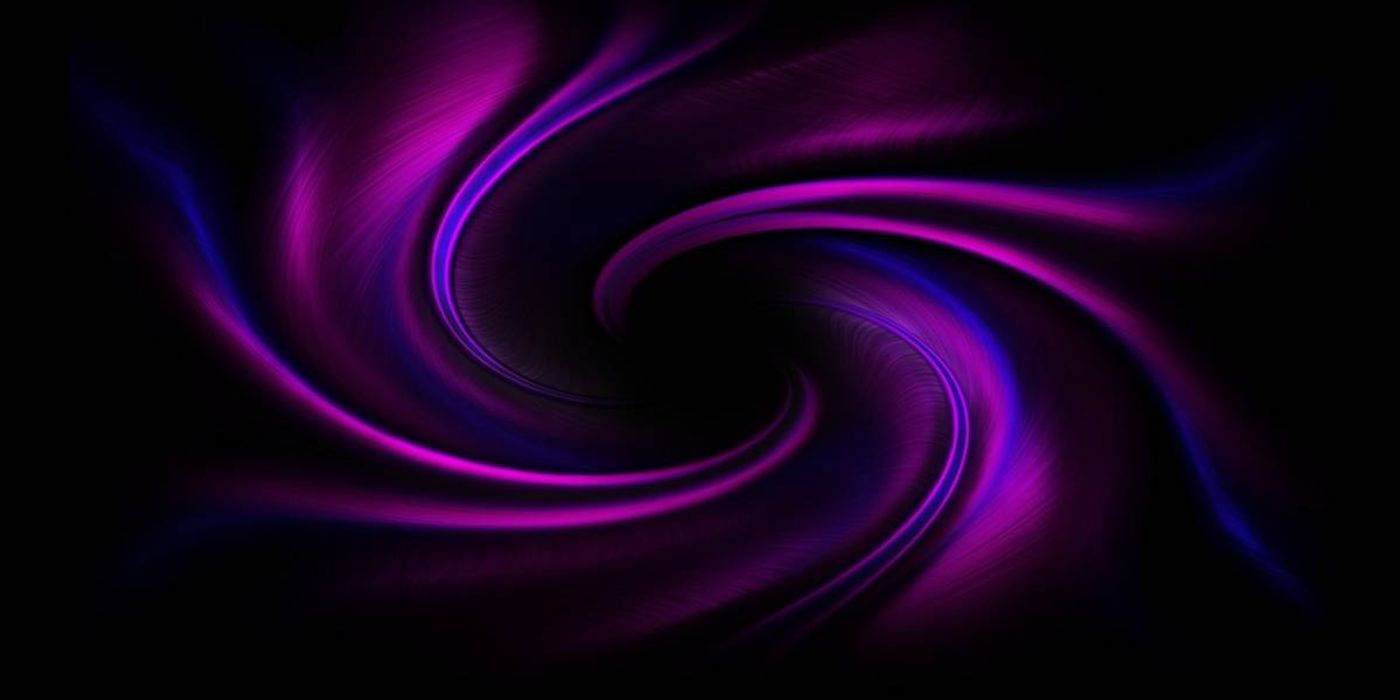A Quicker Path to Fusion Power? Australian Scientists Claimed Astonishing Breakthrough
According to a recent press release, a team of scientists at the University of New South Wales (UNSW) developed a new way of nuclear fusion, which can put fusion power in a faster lane.
Nuclear fusion is the reaction that gives our Sun and other stars their immense power: two hydrogen atoms fuse their nuclei to form one helium atom, releasing a tremendous amount of energy during the process. Scientists have been working toward turning fusion devices into electricity generators for over half a century, due to their advantages over nuclear fission such as lower level of radiation, less radioactive waste, close to zero carbon footprint, and enormous energy output.
The current leading designs include the Tokamak reactor, adopted by the International Thermonuclear Experimental Reactor (ITER), and the laser-based inertial confinement device, exemplified by the National Ignition Facility (NIF) in the U.S.
How NIF works (LLNL)
So what is so unique about the Australian team's design?
Heinrich Hora, a UNSW physics professor and the leader of the said project, commented on the advantage of their fusion device: "Tritium is very rare, expensive, radioactive and difficult to store. Fusion reactions employing Deuterium-Tritium also shed harmful neutrons and create radioactive waste which needs to be disposed of safely. I have long favored the combination of cheap and abundant hydrogen H and boron B-11. The fusion of these elements does not primarily produce neutrons and is the ideal fuel combination."
The so-called HB11 is a dual-laser fusion device. It uses one laser to generate a strong magnetic field for reaction confinement, and a second one to activate hydrogen-boron fuel pellets with intense heat.
The hydrogen-boron fusion yields three energetic helium nuclei and zero neutron byproduct. Comparatively, the deuterium-tritium reaction used in conventional fusion leads to only one helium nuclei, and one high-energy neutron, which is hard to shield and wastes a portion of energy yield.
In their initial comments, the scientists behind the HB11 project believed that their fusion approach is possible to achieve fusion power generation in as little as five years, overtaking all other fusion devices that are currently under development. Such a statement inevitably drew skepticism from the science community.
Although HB11 experiments took a unique approach, which led to some promising results, experiments on laser-triggered fusion such as the ones in NIF has been going on for decades. Yet the well-equipped and well-fund project still faces a lot of challenges to sustain a fusion reaction with net positive power output.
Despite the initial success, the Australian startup still has a lot to prove. And the science community would need to wait and see if "the fast lane to fusion power" can be turned into a reality or not.
Source: Futurism









